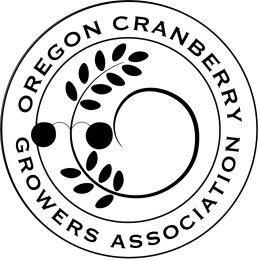2021 PNW Cranberry Congress on February 18th and 19th
Submitted by admin on Tue, 01/26/2021 - 17:27
Due to the COVID 19 closures we will be having our Annual Meeting and Cranberry School virtually. British Columbia has graciously invited Oregon and
Washington to be part of the 2021 PNW Cranberry Congress on February 18 th and 19 th . Attached is the Agenda. Membership dues are required to attend the meeting. Pesticide credits (2) will be available pending ODA approval. The Zoom link (and dial in information if you want to call in with your phone instead) needed to attend the virtual PNW Cranberry Congress will be provided in an email once your dues are paid.
 Oregon Cranberry Growers Association
Oregon Cranberry Growers Association
